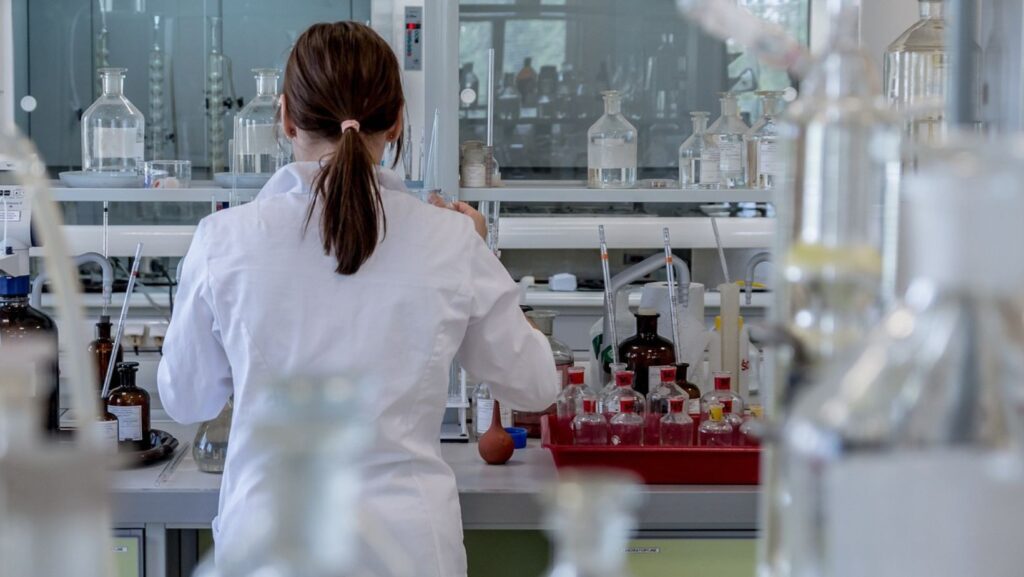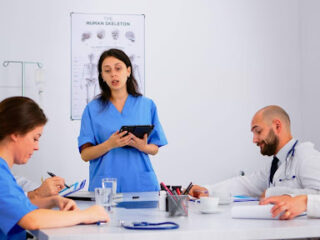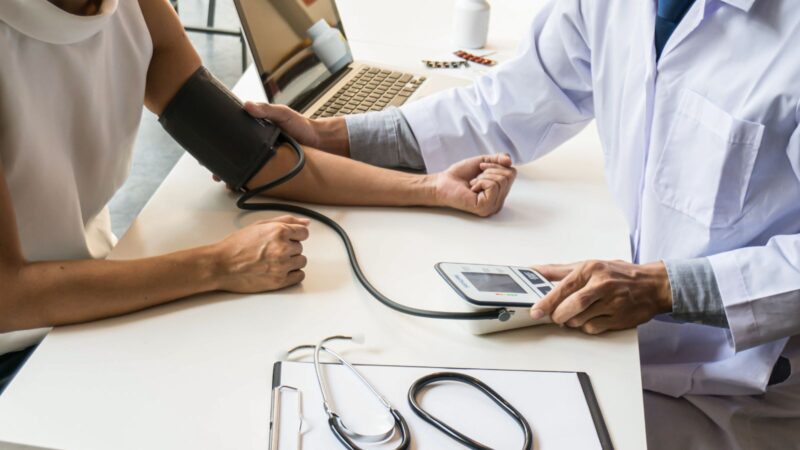
The future of health sciences depends on more than brilliant ideas. It also relies on how well we prepare the next generation of scientists to explore, test, and innovate. Accessible lab equipment is at the heart of that preparation.
When tools are easier to use, more accurate, and available to a wider group of students, we create stronger pipelines into healthcare research. Let’s explore some of the key ways accessible lab technology is shaping tomorrow’s health leaders.
1. Early Exposure to High-Tech Tools
Today’s students are stepping into labs with access to professional-grade instruments earlier than ever. Purchasing a spectrophotometer for sale for a classroom or training lab makes a difference because it allows students to see how real data is collected and analyzed.
Instead of only reading about measuring absorbance or concentration, they’re running tests and interpreting results themselves. Compact PCR units, centrifuges, and digital microscopes are also entering educational spaces.
This early exposure builds confidence and sharpens technical skills. By the time students move into clinical or research roles, they’re already comfortable with the technology that drives modern healthcare.
2. Building Inclusive Learning Environments
When labs are designed with accessibility in mind, more students feel empowered to participate fully. Adjustable-height benches help wheelchair users comfortably perform experiments, while hands-free pipetting systems reduce strain for those with limited dexterity. Tactile labeling and voice-assisted technology also create pathways for visually impaired students to engage with complex equipment.

A biology class, for example, can have every student completing the same sample preparation steps regardless of mobility or vision challenges. Inclusive setups allow students with disabilities to contribute to group projects, collaborate in real time, and gain the same technical expertise as their peers.
3. Supporting Innovation Through Automation
Automation has become an essential part of training, even at the student level. Compact robots and simplified devices now handle routine tasks like mixing, pipetting, or recording sample information.
Students no longer lose hours to repetitive processes and instead focus on analyzing results and drawing conclusions. Working with these systems early also builds familiarity with the automation they’ll encounter in advanced labs and hospitals.
Importantly, automation gives them practice managing both the machine and the data it produces. This mirrors the expectations in clinical and research careers, where accuracy and efficiency go hand in hand.
4. Enhancing Precision and Reliability
The importance of accuracy in health sciences can’t be overstated, and accessible lab tools are designed to support that. Digital readouts reduce interpretation errors, cloud systems securely store results, and AI-driven software flags inconsistencies that students might miss.
For learners, this creates a clearer picture of how precision impacts patient care outcomes. A miscalculated concentration or mislabeled sample in a classroom lab can be used as a teaching point to show how such errors might affect diagnoses in a hospital.
By working with modern, reliable equipment, students build habits that emphasize reproducibility and accountability in every test they perform.
5. Making Labs Cost-Effective for Education
Cost has always been a barrier for schools looking to equip their labs. Thankfully, more manufacturers are developing affordable versions of advanced tools without sacrificing accuracy. This shift means students in community colleges or smaller programs can work with the same types of instruments found in major hospitals.
For example, budget-friendly centrifuges, microscopes, and diagnostic analyzers are now widely available. Lower costs open opportunities for frequent hands-on practice, not just instructor demonstrations. With broader access, students test ideas more often, gain technical experience, and graduate with stronger skill sets that translate directly into healthcare careers.
6. Preparing for the Lab of the Future
Tomorrow’s labs will look different from today’s, and preparing students for that change is essential. Digital integration, AI-powered diagnostics, and remote collaboration are already reshaping how science is practiced.
When students are introduced to these systems in training programs, they learn to manage data across platforms, interact with virtual lab environments, and monitor experiments from a distance. For example, a student might log in remotely to check data from an ongoing experiment and report findings to their team.
Experiences like these prepare them to adopt new medical technology quickly and contribute to advancements in healthcare research.
Conclusion
Accessible lab equipment is transforming how students step into the world of health sciences. Early access to advanced tools, inclusive setups for all learners, and cost-effective options are breaking down barriers that once limited opportunities.
Add in the precision of digital systems, the efficiency of automation, and the forward-looking approach to future-ready labs, and we’re seeing a complete shift in how tomorrow’s scientists are trained.
By making this equipment available now, we’re not just improving education. We’re shaping a generation ready to lead healthcare innovation with skill and confidence.












